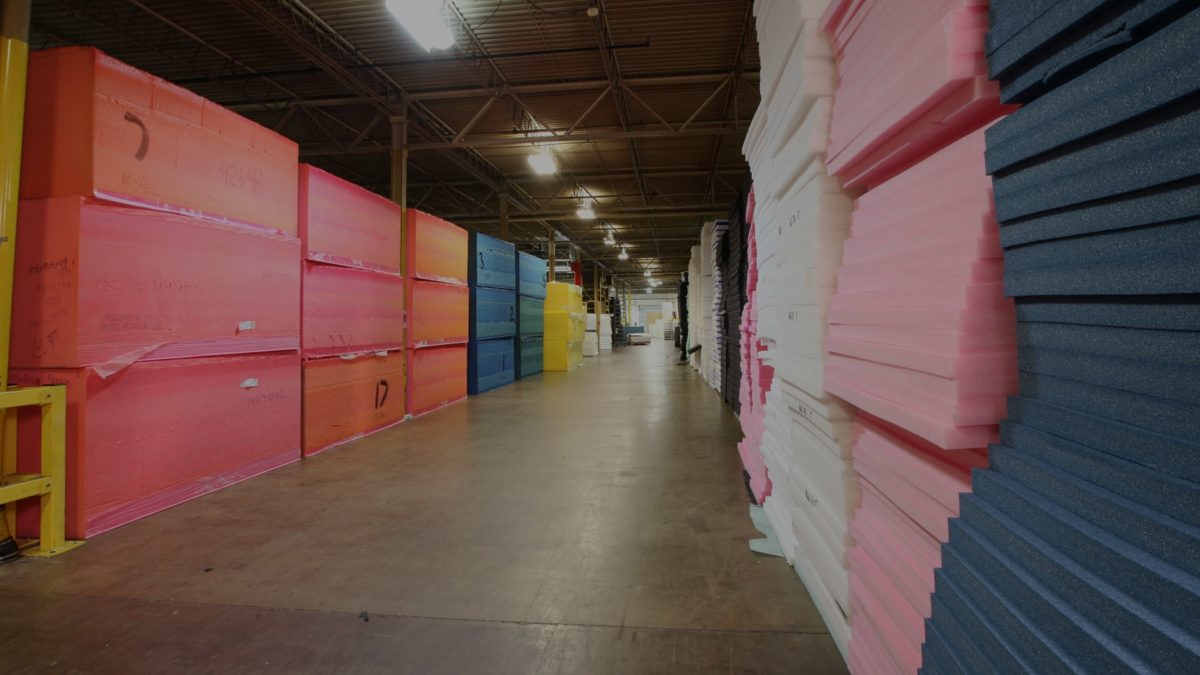Shipping healthcare products—from packaging to transit times and everything in between—can be an exact science. Whether you are sending life-saving pharmaceuticals that need to be kept at precise temperature ranges, fragile or static-sensitive medical devices, or bulky equipment, choosing the right foam packaging materials can make all the difference. The right foam packaging will not only keep your products safe, but it can also help reduce shipping costs.
Selecting the proper medical–grade packaging material requires significant knowledge of each foam’s properties, including:
- Density
- Porosity
- Durability
- Compressive characteristics
- Microbial resistance
- Anti-static properties
Which foam is right for shipping your healthcare products depends on the specific product itself, but there are some general foams that are ideal for specific categories of healthcare products.
Packaging Foams for Temperature-Sensitive Products
Cold chain shipping requires careful attention to temperature ranges in order to prevent medical products, specifically things like pharmaceuticals, from spoiling. While refrigerated vans and trailers can maintain those temperature ranges, the products spend a good amount of time outside of those protective areas, and it’s the foam within their packaging that provides the most protection from temperature fluctuations.
Foams with heavy insulating properties are ideal for temperature-sensitive medical products. A common choice is expanded polystyrene foam for a few reasons:
- It’s one of the best insulating foams on the market.
- It’s lightweight, which reduces shipping costs
- It’s structurally rigid, which provides adequate protection
Other options can include beaded polyethylene foam and cross-linked polyethylene foam.
Packaging Foam for Sensitive Medical Devices
When shipping small, fragile medical devices, there are several things to take into consideration:
- Fragility: how delicate the item is
- Abrasion: is the item prone to scratches
- Vibration: will excessive vibration damage the item
- Static sensitivity: will electro-static discharges harm the item
Polyurethane foams are common choices for smaller, more fragile devices because they offer good cushioning and low abrasion, meaning they will not easily scratch the materials they are protecting. These open-cell foams also have high shock absorption and flame resistance (meets UL 94 safety standards) and can be easily fabricated into any shape to provide all-around cushioning. There are two types of polyurethane foam idea for this application:
- Ester-based polyurethane: more rigid foam that has high durability and tensile strength, but can breakdown if it comes into contact with liquids.
- Ether-based polyurethane: more flexible and allows for airflow and moisture permeability. It is also softer and easier to manufacture for specific parts.
For any medical devices that are sensitive to static, make sure to choose an ESD foam that shields against static discharges.
Foam for Larger, Bulky Devices
When shipping large medical equipment and machinery, it’s recommended to have foam packaging that can withstand heavy loads without too much compression. Shock absorption is critical, as it prevents damage to the devices as well as limits vibrations that can rattle their internal components. Ideal foams for heavier applications are closed cell because of their tensile strength and resistance to compression. These types of foam can include various polyethylene foams.


